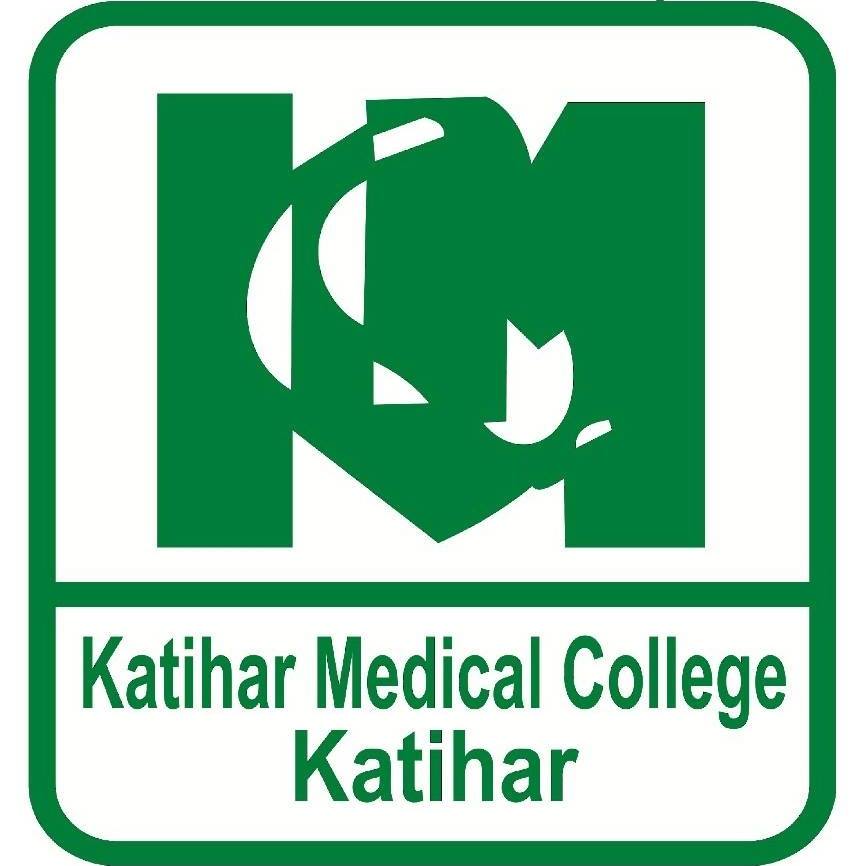Journal Menu
- Home
- Aims & Scope
- Editorial Board
- Article Preperation Guideline
- Online Submission
- Articles Early View
- Current Issue
- Archive
- Membership
- Reprints
A cross-sectional study on the function of dental restoration materials in oral mucosal lichenoid lesions
Article Information
Background: Dental restoration materials are becoming more widely acknowledged as probable causes of oral lichenoid lesions (OLL), which pose a serious clinical problem in oral medicine. It is yet unclear how particular restorative materials relate to the emergence of oral mucosal lichenoid responses.
Goal: To assess how different dental restoration materials relate to the incidence of oral mucosal lichenoid lesions in patients who visit Katihar Medical College & Hospital's Department of Dentistry.
Methods: Over the course of 18 months (January 2023 to June 2024), 60 patients with a diagnosis of oral lichenoid lesions participated in a cross-sectional observational study. Histopathological study, thorough clinical evaluation, and thorough documenting of dental restorations were all carried out. SPSS version 25 was used for statistical analysis.
Results: The mean age of the 60 patients was 52.4 ± 12.8 years, with 38 (63.3%) being female and 22 (36.7%) being male. Forty-two patients (70%), of whom 31 (73.8%) had lesions directly in touch with amalgam surfaces, had amalgam restorations. 18 patients (64.3%) had contact-related lesions, while 28 patients (46.7%) had composite restorations. The largest association rate was found in metal-ceramic crowns, when 15 out of 18 patients (83.3%) had nearby lesions.
Conclusion: There is a strong correlation between oral lichenoid diseases and dental replacement materials, especially amalgam and metal-ceramic restorations. For the sake of patient treatment, restoration-related lichenoid responses must be identified early and managed appropriately.


